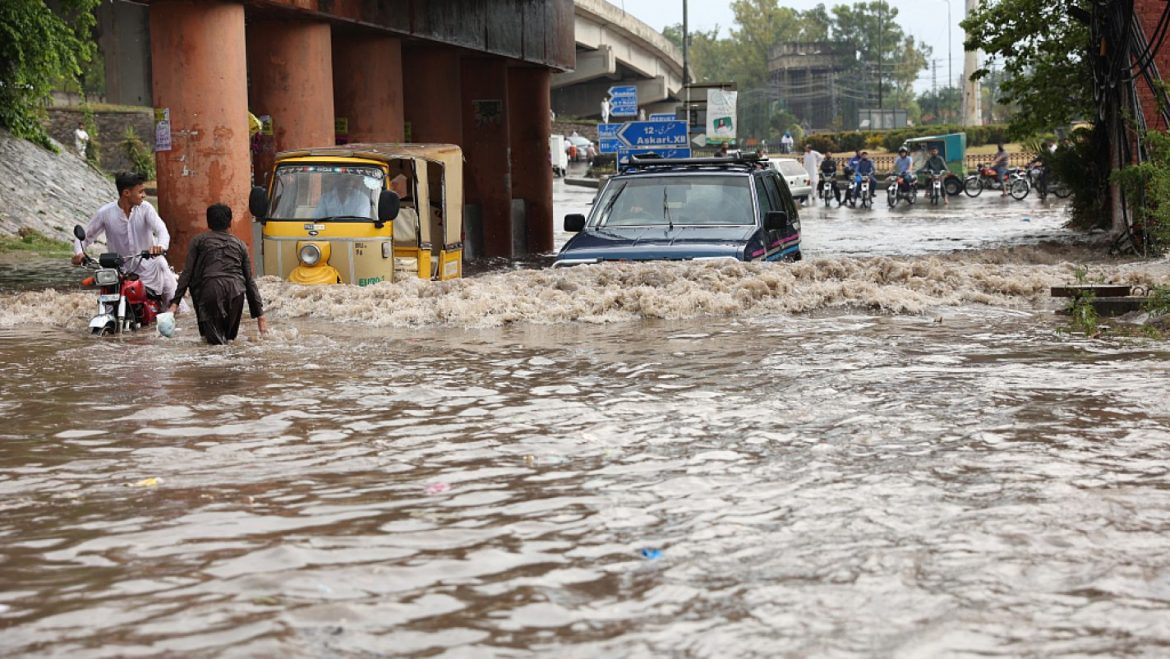Latest reports show that heavy rains and flash floods have killed at least 300 people and displaced over 1 million across Somalia, Kenya, Ethiopia, and Tanzania.
El Niño is a climate pattern that originates in the Pacific Ocean along the equator and impacts weather all over the world. This phenomenon has been associated with severe flooding in eastern Africa, resulting in landslides, elevated waterborne diseases, and food shortages. Meanwhile, the northern and southern regions of the continent often endure prolonged periods of severe drought during El Niño events.
But the Horn of Africa is also one of the world’s most vulnerable regions to climate change. While the overall amount of rain annually is expected to fall in the region the more the Earth warms, the frequency and intensity of heavy rainfall events are projected to increase. That means the Horn of Africa may experience more drought as well as floods from heavy rain.
The Interior Ministry In Kenya reported that at least 136 have died and nearly half a million have been displaced, following persistent rains which have affected 38 out of 47 counties across the country.
President William Ruto revealed in an emergency cabinet meeting last week that the northeastern parts and the eastern coast of the country have been the worst-hit areas with severe damage to homes and infrastructure, including disruptions to cargo rail services from the port of Mombasa last month.
The unusually heavy rains are largely caused by the El Niño weather phenomenon and are forecast to continue into the new year by the Kenya Meteorological Department. According to the United Nation’s humanitarian agency (OCHA), the death toll from flooding has risen to 110 in Somalia and 57 in Ethiopia.
Elsewhere In northern Tanzania, authorities said that 49 people were killed by floods accompanied by mudslides following heavy rains in the country’s Manyara province. Up to 85 people were reported injured, Manyara governor, Queen Sendiga was quoted as saying on Monday.
Read also: Report shows Australian EV sales have increased by 185% since 2022
Samia Suluhu Hassan, Tanzania President had directed response agencies “to help rescue and prevent more disasters from happening. President Ruto has also activated the National Disaster Operation Center to carry out emergency response. On Thursday, the Interior Ministry announced a decrease of rainfall in northern Kenya is expected this week.
Speaking at COP28 in Dubai on Friday, Ruto captured the immediate reality and devastation of climate change as witnessed by the catastrophic rains.
“The situation in our Horn of Africa region, like many other developing countries, lays bare the harsh reality of climate change,” he said.
Story was adapted from CNN.
